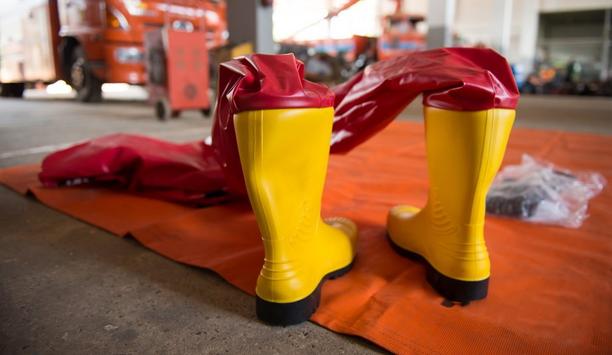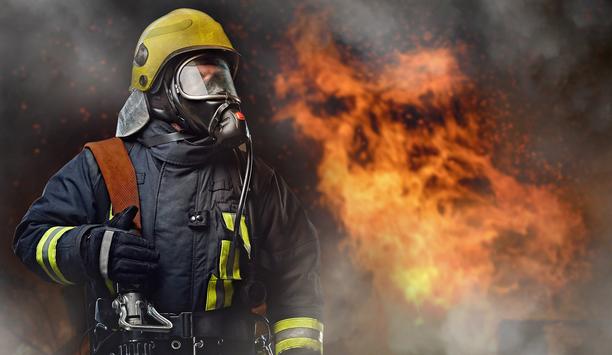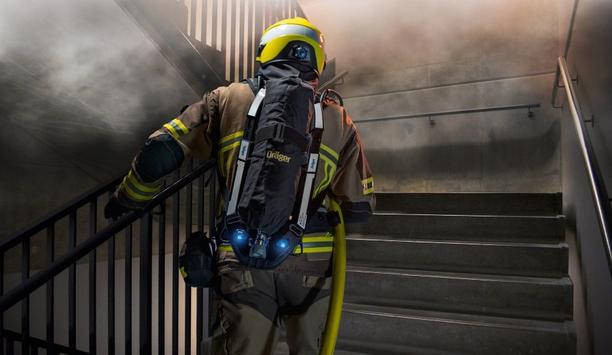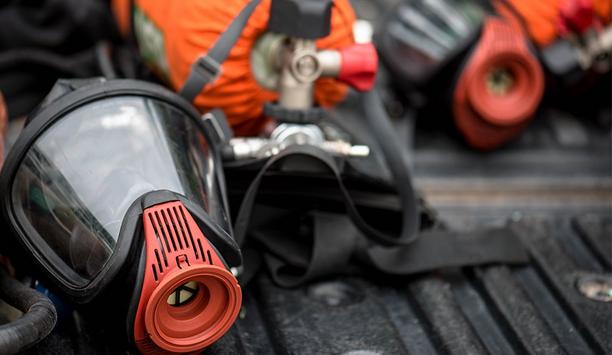The Senior Coroner for Hertfordshire, Geoffrey Sullivan, has taken the step of submitting a Prevention of Future Deaths report concerning care home sprinkler systems and building standards to Michael Gove, the Secretary of State for Levelling Up, Housing and Communities, following the conclusion of his inquest into the deaths of two women at a care home fire in 2017.
Resistive heating
Resistive heating in the electrical wiring of a linen cupboard caused the blaze that quickly spread through the roof of Newgrange Care Home in Cheshunt, Hertfordshire.
Twelve fire crews responded and were able to evacuate 33 residents, but Ivy Spriggs, 91, and Daphne Holloway, 88, both died in their rooms.
inadequate compartmentation
Statements concluded that inadequate compartmentation in the roof space allowed the fire to spread more rapidly
Statements from the fire services and an independent fire expert concluded that inadequate compartmentation in the roof space allowed the fire to spread more rapidly than expected, leading to the collapse of the roof.
Several of the residents were taken down from their rooms by a ladder and attempts were made to enter the rooms of both women, but due to falling debris from the roof collapsing it was not possible to save them.
fire alarm system confusion
Confusion between care home staff over the fire alarm system meant a room on the wrong floor was checked for fire, allowing the actual blaze to take hold.
The care home staff followed the building's evacuation policy and left the building, leaving the residents inside until firefighters arrived, a policy which was stated by expert witnesses as being unsuitable for a care home setting.
care home
The care home, built in 1995-96, was a two-story building with a roof space and had been extended in 2010 and 2012.
The Coroner, in summing up the witness testimony, said that 'the whole roof space should have been separated into compartments and, had it been, the fire would not have spread as rapidly and not have collapsed in the way it did.'
Importance of sprinkler system
The Coroner’s report also raised concern that care homes were not deemed to be higher-risk buildings
The testimony also highlighted the role that a sprinkler system could have played in averting this tragedy and recommended that all residential care homes that have semi-ambulant or non-ambulant residents should have sprinklers in each room to help extinguish the fire as a necessary requirement.
The Coroner’s report also raised concern that care homes were not deemed to be higher-risk buildings unless they were at least 18m (59ft) in height or at least seven stories high, despite residents often having limited or no independent mobility.
Higher Risk buildings
Mr. Sullivan said, "In my opinion action should be taken to prevent future deaths.”
The report being sent to the government will focus on these two matters of concern – sprinklers not being a requirement in this sort of care home, and care homes not deemed to be Higher Risk buildings.
fire suppression systems
The concerns raised in the Coroner’s report were echoed by Alex Woodman, Executive Director of Community Protection and Chief Fire Officer at Hertfordshire County Council, who said, “We share the coroner’s concern that fire suppression systems are not currently compulsory in care homes and that care homes are not due to be subject to the same new regulatory regime as high-rise buildings.”
A response to the report from the Minister is required by 7 April 2022.






